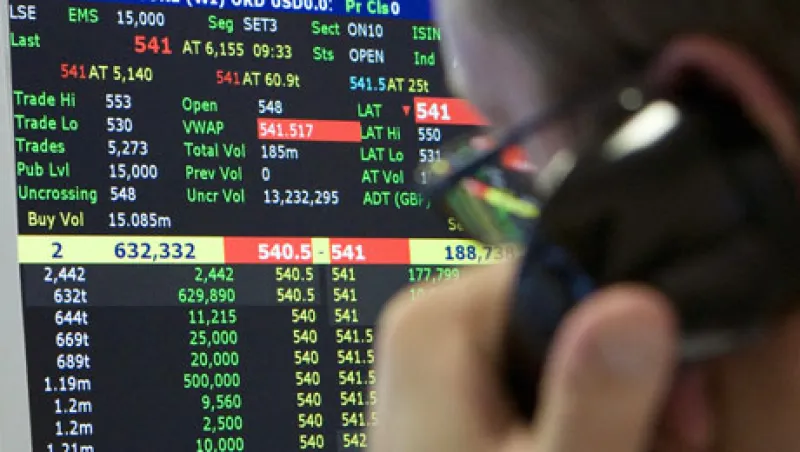The investment research industry — both asset management and brokerage firms — has faced structural challenges for the past decade. Despite this, the industry has not wholeheartedly embraced innovation in its business processes.
These hurdles encompass a combination of high costs, lack of significant productivity initiatives and declining value to the consumer. Today's external customer environment of a shrinking commission pool, asset managers using fewer brokers and the rise of commission-sharing arrangements also illustrate the cost structure driving the brokerage industry.
In our estimation, an analyst at a midsize broker-dealer can cover no more than eight to ten companies effectively. This works out to a yearly direct coverage cost of between $42,500 and $53,000 per company, excluding sales and trading costs. Our calculations are driven off a median analyst cost of $400,000 a year, including overhead, and an annual research associate cost of $100,000, supporting a few analysts.
The long-run cost of coverage per company needs to decrease to less than $30,000 a year to build a viable business case for brokerage firms' research. Such a massive cost-cutting undertaking is unlikely to materialize without either a sharp correction in analyst salaries or process innovation. Each analyst would have to start covering more than 15 companies to meet cost reduction targets.
Broker-dealers have begun to question the value of asset management research in light of the cost of brokerage firms' research. Conversely, asset managers place a price on brokerage services after consumption, which leaves broker-dealers at a strategic disadvantage.
Along those lines, only large global asset and money managers have the scale of operations to invest in internal research teams. Reliance on broker research has therefore been disproportionately higher at smaller firms, yet their ability to pay for brokerage services has been declining. There are technology products that at once will rein in internal research costs and justify the value of the research itself. Largely untapped in this hunt for a profitable business model are smart technology and process innovation — both crucial to ensuring the long-term utility of investment research:
Emphasize higher-value tasks in the research process. Investment professionals must focus rigorously on alpha generation-related aspects of investment decision making while reducing time spent on number-crunching and data collection tasks. Brokerage firms also should use technology to bolster their services' product visibility and branding.
Improve the customer-service experience. Brokerage firms should ensure that they are geared to meet the asset management industry's bespoke requirements.The days of merely dropping a research report on a client's desk are over. The success of researchers at broker-dealers is judged more and more by how effectively they function as virtual extensions of asset management organizations. Brokerage firms can leverage technology to provide clients with immediate access to interactive valuation models, e-mail updates and research reports that asset managers can manipulate as part of their investment considerations. Asset management research groups can similarly deliver major value to clients by taking full advantage of available technology.
Adopt smart technology. There are no more sacred cows in the investment research industry. Only the firms that innovate will survive. Whether a firm can tap analytics tools and develop other building blocks in the research process to accelerate and enhance investment decision making will determine its success or failure. For example, analysts spend a significant amount of time building and maintaining financial models. Instead, they can use industry-approved financial models to derive their own forecasts and valuations and then use that output in their research and investment viewpoints and projections. This would deliver a lead time advantage and increase in productivity to the research organization of more than 60 percent, as per our estimates, bolstering analysts' coverage capacity.
Boost commercial value. For research analysts at both brokerage firms and asset managers, transparency and granular analysis are essential. Due diligence and data integrity checks are also increasingly critical, as is the capability to stress-test hypotheses of high-impact, low-probability events on the fundamental valuation of a company across its capital structure. Technology that provides for greater due diligence while enabling firms to deliver cost-competitive research will pave the way to a self-sustaining investment research industry.
Indy Sarker is a onetime Institutional Investor-ranked analyst and the co-founder and CEO of Analec, a Singapore-based financial technology and research analytics firm.





